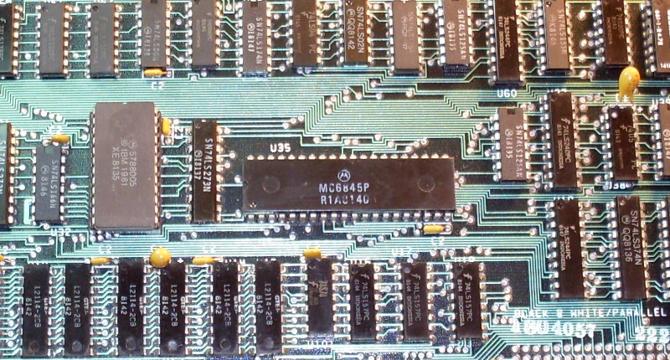Hackaday
2M
380

Image Credit: Hackaday
Remembering More Memory: XMS and a Real Hack
- The original PC had a memory limit of 640 kB for programs and 1 MB total, leading to demands for more memory and workarounds to provide it.
- Expanded memory (EMS) for the old 8088 CPU swapped memory pages into page frames above 640 kB but below 1 MB.
- Newer CPUs could address more memory, leading to the development of extended memory (XMS) for CPUs like the 80286.
- XMS allowed MSDOS programs to allocate memory blocks above the 1 MB line and map them into a high memory area (HMA).
- Protected mode offered another way to access memory above the 1 MB line through segment tables.
- Virtual86 mode allowed running MS-DOS in protected mode, avoiding the costly switch back to real mode.
- Unreal Mode, a hack discovered by some, exploited the setting of segment tables to have segments of infinite size.
- Today, modern PCs can handle large amounts of memory, with machines having 8 GB to 64 GB of physical memory.
- Modern memory systems involve multiple levels of cache and abstraction, evolving from the old EMS and XMS methods.
- As technology progresses, current norms may become outdated, similar to how EMS, XMS, and Unreal mode were once prevalent.
Read Full Article
22 Likes
For uninterrupted reading, download the app